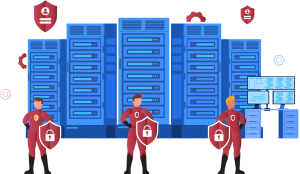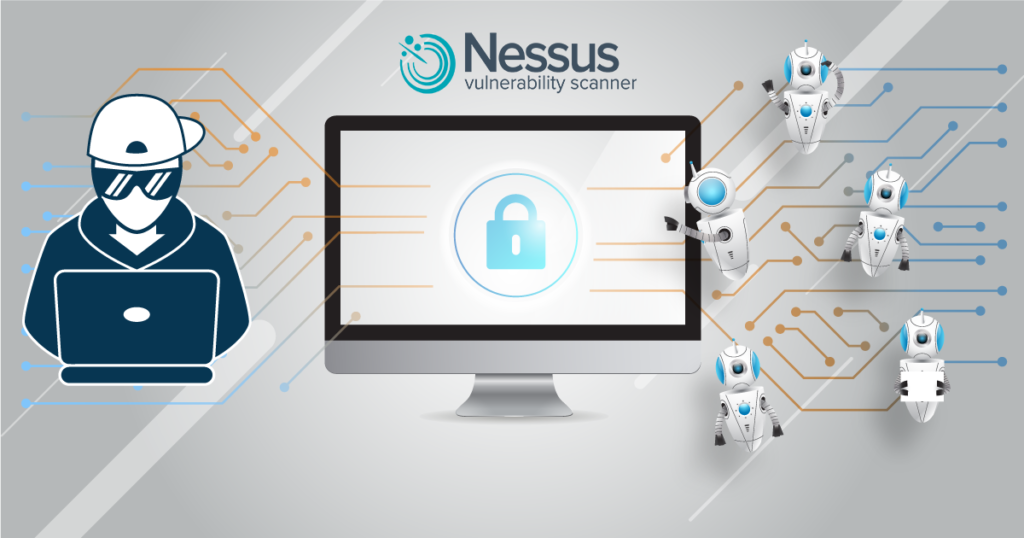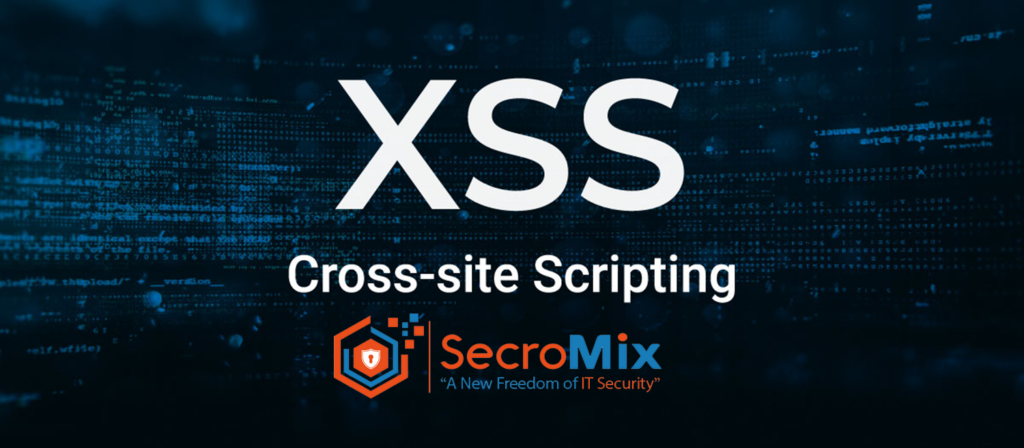Information Security
Nessus is a tool that automates the scanning and detection of known vulnerabilities and security holes. Typically, even a hacker group, a security software company, or an ordinary user can discover a new vulnerability in a piece of software. This vulnerability can be found by accident or by careful scanning. Information about a new vulnerability in the world of computer security is revealed in various details.
Nessus is a program with many features, but it is quite difficult to use, and there is not much information to guide a new user through the complexities of installing and using it. In this article, we will walk you through the basics of installing and configuring Nessus. We will also talk about the basic features of the current version of Nessus (Nessus 2.0.8a and NessusWX 1.4.4) …
Nessus is a program released under the GPL (General Public License). In general, most professional software developers consider open-source software to be an amateurish waste of work and time, and recommend that you choose quality products from reputable vendors whose products have been tested over a long period of time and referred to in case of a problem. However, more and more people are beginning to understand that open-source software like Nessus is not always of poor quality, and sometimes even stands out for its excellence.
One of the most powerful features of Nessus is its client-server technology. The server can be placed at a variety of strategic points on the network, allowing you to control different parts of the network. A central client or multiple clients can monitor the server. The server can run on almost any type of Unix system. It can even work on MAC OS X and IBM /AIX, but it is easiest to install on Linux systems. The client can be either Windows or UNIX. While the Nessus server does the actual scanning, the client is responsible for configuration functionality and reporting.
DETECTION OF SECURITY VULNERABILITIES WITH NESSUS:
- Detection of vulnerabilities that allow sensitive data to be accessed or controlled,
- Detecting misconfiguration issues in advance,
- Detecting problems on the system such as default password or simple password usage,
- Troubleshooting TCP/IP issues that allow DDoS (decommissioning) attacks,
- High-speed asset detection,
- Patch and configuration inspection,
- Profile of an entity,
- Sensitive data detection,
- Patch management integration,
- Multi-browser management and vulnerability assessment.
SETTING UP
Setting up Nessus on a server is quite challenging task for an untrained administrator. First of all, a pre-installed version for Unix is required. Furthermore, it is recommended to install some additional applications, such as a standard NMAP accepted for a port browser, a good password tester Hydra and finally a good CGI browser Nikto. Although these programs do not need to be installed, they will greatly improve the performance of Nessus. They are recommended for UNIX systems as they are considered best in class utilities.
The easiest installation method is to use the Lynx automatic installation.
Lynx -source http://install.nessus.org | sh
This command will install a server on practically any platform without the need for extra installation. Note that new setup scripts can also be downloaded and run.
For information on installing Scratch, see:
www.nessus.org/nessus_2_0.html
NOTE: Vulnerability scanning is not exactly an infiltration testing procedure. You can read about customization and usage in the next article…





